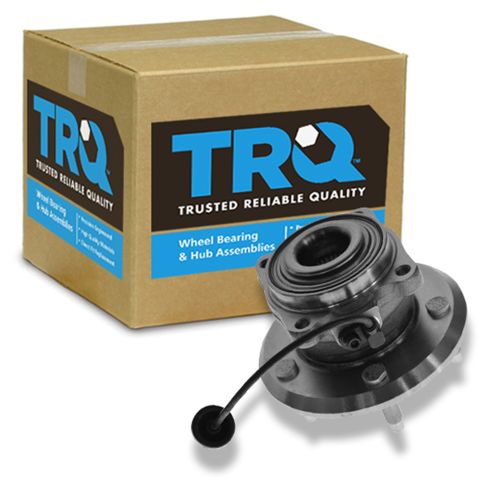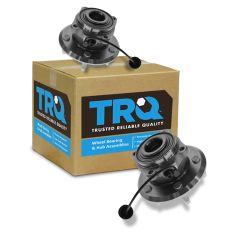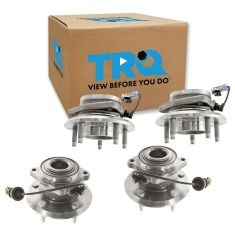1ASHR00088-Chevrolet Pontiac Saturn Suzuki Rear Wheel Bearing & Hub Assembly TRQ BHA54223

Replaces
2012 Chevrolet Captiva Sport Rear Driver Side Wheel Bearing & Hub Assembly TRQ BHA54223

Product Reviews
Loading reviews
4.33/ 5.0
6
6 reviews
January 22, 2017
Great value. Fits perfectly and solved my problems.
Shipping was super fast. Thank you
Perfect fit
July 5, 2017
Parts fits exactly as the original. Installation vido very useful. Thx
Amazing service
August 12, 2017
The parts came right on time as promised. They were perfect!!! I will definitely be using your company from now on!!!
wheel bearing and hub assembly
October 10, 2018
This part fit perfectly on my suv. Great price.
Free delivery and was delivered in a timely matter.
GREAT PRICES AND CUSTOMER SUPPORT
February 10, 2019
I was impressed by the way they handled my issue and even sent another one out being my order was delayed by weather three days in a row which was unusual but I did receive the initial package and called them to let them know and rerouted the second one sent back to the warehouse. All and all I would definitely recommend 1A Auto to everyone. Let me add that my order was sent out by end of day of purchase so they don't beat around when filling orders. Thanks 1A Auto and keep up the great job!!
not good rating 1
August 3, 2024
not a good part less then a year had to replace it went bad so mint cheaper
1
Customer Q&A
Does this part come with the speed sensor already installed?
December 28, 2020
10
It will come with the speed sensor installed.
December 29, 2020
Corey M
Chevrolet is a registered trademark of General Motors Company. 1A Auto is not affiliated with or sponsored by Chevrolet or General Motors Company.
See all trademarks.













